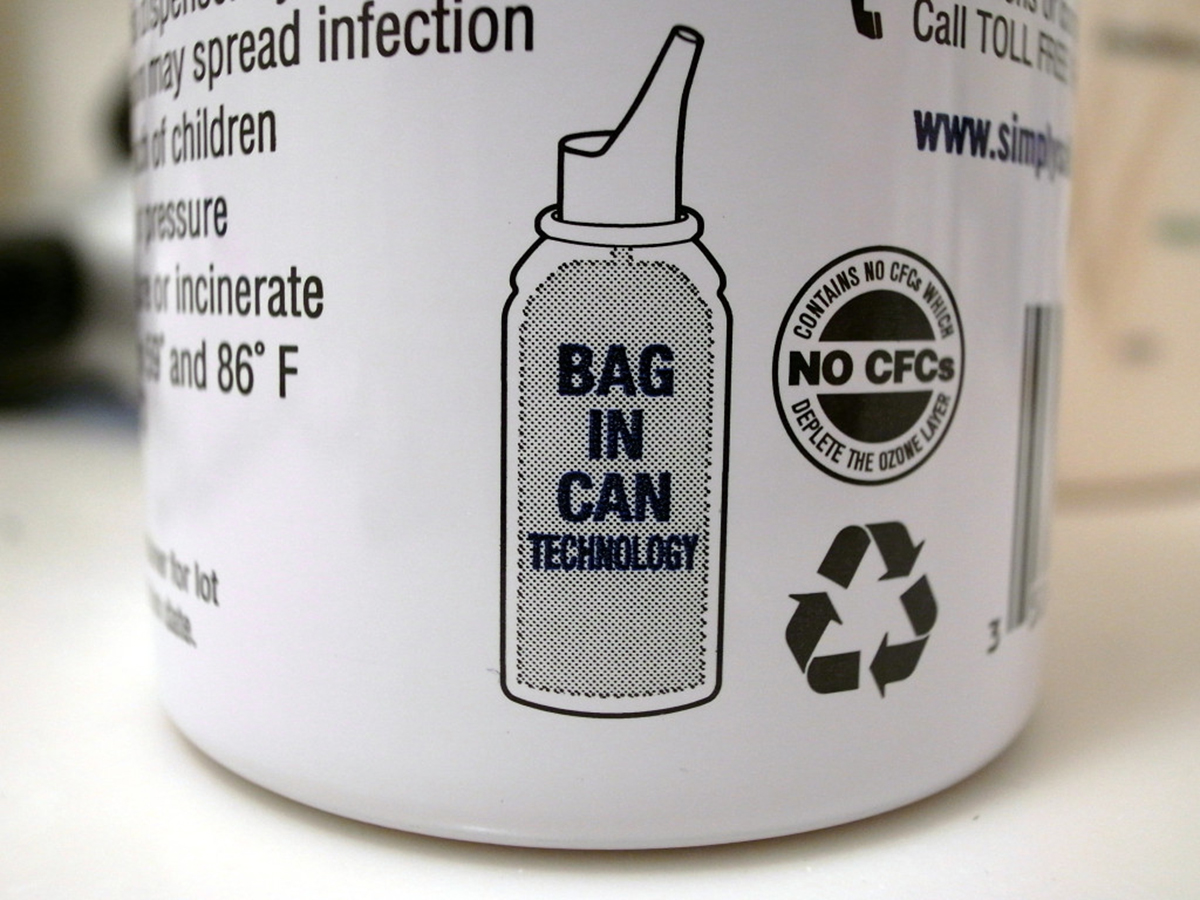Table of Contents
Nasal decongestant sprays are used to help reduce the symptoms of a blocked nose which occurs due to increased blood flow to the mucous membranes of the nasal passages.
This symptom occurs when the patient is affected by any condition which irritates, inflames of infects the nasal mucosa (rhinitis) or due to physical obstruction around the nasal passages. These include the following medical conditions:
- Allergies or hay fever.
- Viral infections such as the common cold, influenza and RSV. The latter occurs most frequently in children.
- Bacterial infections of the upper respiratory tract system such as acute sinusitis.
- Chronic sinusitis.
- Exposure to chemical irritants.
- Exposure to environmental irritants such as pollution and tobacco smoke.
- Nasal polyps.
- Enlarged adenoids.
- A deviated septum.

How do nasal decongestants work?
Nasal decongestant sprays contain medications which are very potent constrictors of the blood vessels of the nasal mucosa. These medications then cause blood to drain from the nasal mucous membranes back to the body and thus results in the swollen nasal passages to reduce in size. This action then allows for relief of the symptom and the patient can breathe easier through the nose.
The are many nasal decongestants available on the market but, ultimately, they all have the same mechanism of action at the end of the day. The active medications which are contained in these sprays can be found on the package insert of the product. These medications can include the following:
- Oxymetazoline
- Xylometazoline
- Neosynephrine
- Phenylephrine
READ What!? You Can Be Addicted To Afrin Nasal Spray??
How do nasal sprays cause nasal obstruction?
Persistent use of these sprays then leads to prolonged blood flow reduction to the nasal passages. This results in decreased oxygen and nutrient supply to these tissues. The result of this situation is a condition called rhinitis medicamentosa.
The mucous membranes of the nasal passages try to compensate for this reduced supply of oxygen and nutrients by forming new blood vessels to facilitate increased blood flow. A vicious cycle then develops because these new vessels result in further swelling of the nasal passages. The patient, thinking that the medication isn't working, then keeps using more of the nasal decongestant spray over a longer period of time to bring relief to their symptoms.
Side-effects and complications
Persistent swelling of the nasal tissue can lead to blockage of the Eustachian tubes. This can cause the patient to experience symptoms of persistently blocked ears due to resultant pressure changes in these tubes.
Long-term use of these sprays results in physical changes of the nasal anatomy. Issues such as a saddle nose deformity or perforation of nasal septum can occur due to decreased blood flow to these areas.
- www.mayoclinic.org/symptoms/nasal-congestion/basics/causes/sym-20050644
- Nasal congestion. (2011, 2 Aug.) National Institutes of Health. Retrieved August 19, 2013 from http://www.nlm.nih.gov/medlineplus/ency/article/003049.htm
- Sore throat: Lifestyle and home remedies. (2013, 7 May). Mayo Foundation for Medical Education and Research. Retrieved August 19, 2013 from http://www.mayoclinic.com/health/sore-throat/DS00526/DSECTION=lifestyle-and-home-remedies
- Nasal congestion. (2013, 27 March). Mayo Foundation for Medical Education and Research. Retrieved August 19, 2013 from http://www.mayoclinic.com/health/nasal-congestion/MY00178.
- Photo courtesy of justinsomnia: www.flickr.com/photos/justinsomnia/2251505715/
- Photo courtesy of ratha: www.flickr.com/photos/ratha/6067883414/


Your thoughts on this